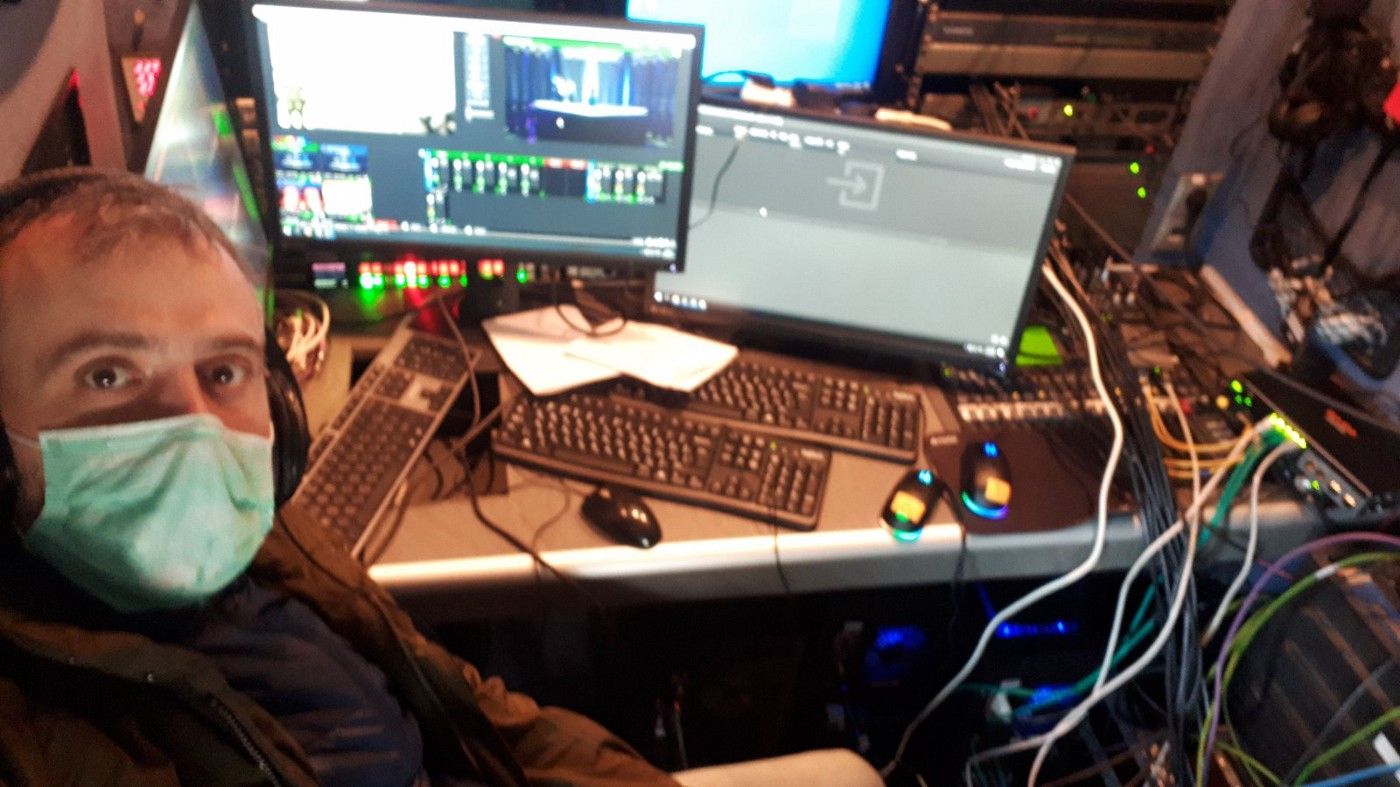Video Transport helps remotely produce TV content for Ukranian broadcasters

Kinokit is a video production, post-production and rental company in Kiev, Ukraine. We reached out to Gregory Zinchenko, who shared with us how Video Transport has helped broadcasters stay on air during the isolation period.
We started our subscription on March 1st, 2020 — exactly before the active stage of the COVID-19 pandemic. We considered this project as a kind of R&D for our company: what if we tried to play with all this video-over-IP stuff? But once COVID-19 affected our industry we understood that Video Transport from Medialooks is not just another tool.
The first project was a studio point in Kyivrada, the Kiev City Council. During the evolution of the pandemic, Vitali Klitschko, the Mayor of Kiev, was in high demand by Ukrainian media. With Video Transport, the mayor was able to give daily interviews to main Ukrainian TV channels from his office in the highest possible HD quality.

To facilitate this process, a mini-studio was set up in the Kiev City Council, as well as another point at the Kinokit office, which is connected to the central Ukrainian TV communication facility via fiber. The video feed was transported between the two locations over the public Internet by means of the Medialooks Video Transport solution.
The main advantage over any other solution is very low latency — less than 1 second. The mayor looked as if he were present in the studio.
The main feed (1080i50) was streamed from the City Council to the Kinokit office at 5 Mbps; two return feeds were beamed back at 2,5 Mbps. HEVC was used in both cases as the video codec. Two Sony PXW-FS5 cameras we used: one for the mayor and one for a sign language interpreter. vMix was used as the main video switcher.
We have used this solution for over 45 days and can confirm its stability and quality, suitable for the most demanding news production.
The second project was the final show of “The Voice”, which was held in a special self-isolation format. Kinokit was responsible for bringing in remote guests from Belarus, Kazakhstan and Ukraine.
We used the new web contribution link and never regretted our decision. The encoding quality was very good and the connection was stable. Also, the latency was very low. One “like no other” feature was the ability to use one single SDI with 4 stereo pairs of mix-minus. The guests could select their own mix-minus. Another amazing feature is that Medialooks counts duplex connections in this case as one channel.
In the studio, we used a PC with Decklink Duo 2 to play out the incoming streams from guests to HD-SDI.
We appreciate the technical and production support from Medialooks; we never had to wait for support, even though most of our questions were from the “how-to” category. We are really happy to be Medialooks clients.
